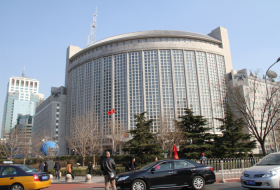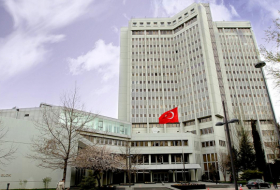Of the 1,976 tonnes of 100 per cent pure cocaine produced, a record 1,275 were seized by authorities, but researchers at the UN Office on Drugs and Crime (UNODC) estimated the drug was still consumed by 18.1 million people worldwide in 2017.
The report also found that recreational drug use is increasing, and suggested that 35 million people currently suffer from drug use disorders worldwide, with only one in seven people receiving treatment.
“The findings of this year’s World Drug Report fill in and further complicate the global picture of drug challenges, underscoring the need for broader international cooperation to advance balanced and integrated health and criminal justice responses to supply and demand,” said Yury Fedotov, UNODC’s executive director.
Researchers attributed the drastic rise in cocaine production to criminal groups affecting coca bush cultivation in Colombia, which accounts for 70 percent of global cocaine production and saw a 31 percent rise in output.
Peru and Bolivia also saw increases in coca cultivation, and together accounted for the remaining 30 per cent of global output.
Colombia’s role in the global supply of cocaine was long exacerbated by a bloody civil war lasting 52 years. However, production has continued to rise after 2016’s peace deal, struck between the government and guerilla movement Revolutionary Armed Forces of Colombia (Farc).
Measures encouraging poor farmers to swap coca for other crops were introduced under the peace accord, but political divisions still hinder these efforts.
In order to fund its army, the rebel organisation previously taxed coca farmers living in areas under its control and trafficked the drug.
Since the peace deal was struck, a stream of smaller armed groups are stepping in to take its place, often forcing farmers not to abandon coca with threats and brute force.
Shortly after taking office in August 2018, President Iván Duque ambitiously pledged to reduce the land mass used for coca bush cultivation by 140,000 hectares by the end of his four years in power.
The United States has joined Colombia in its battle with cocaine production, and on Tuesday the White House Office of National Drug Control Policy (ONDCP) reported a minor drop in the land area used for cultivating coca of 208,000 hectares in 2018, down by 1,000 from the year before.
Earlier this month, President Duque told CNBC that his administration had put an end to coca cultivation in 60,000 hectares since he took office last August.
Colombia’s efforts to crack down on trafficking of the drug have also been increasingly successful, and it was responsible for intercepting 38 percent of the global total seized in 2017.
“In working closely with President Duque, we are seeing Colombia make progress in accomplishing our shared goal of significantly reducing coca cultivation and cocaine production,” ONDCP director Jim Carroll said.
The number of cocaine users in the US is estimated to have risen 40 percent between 2014 and 2017, with deaths involving the drug rising by nearly 160 percent.
The Independent
More about: cocaine
















































